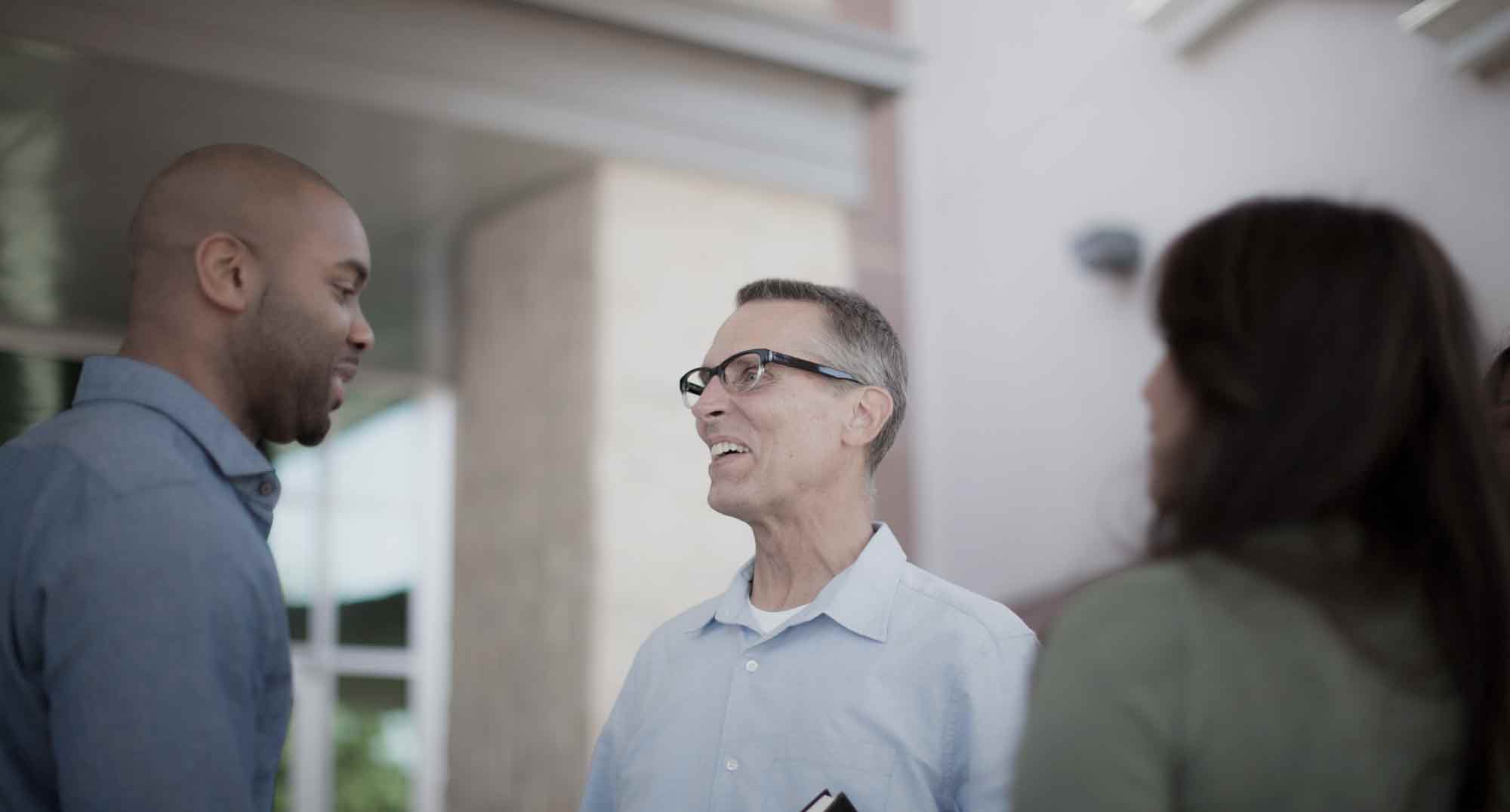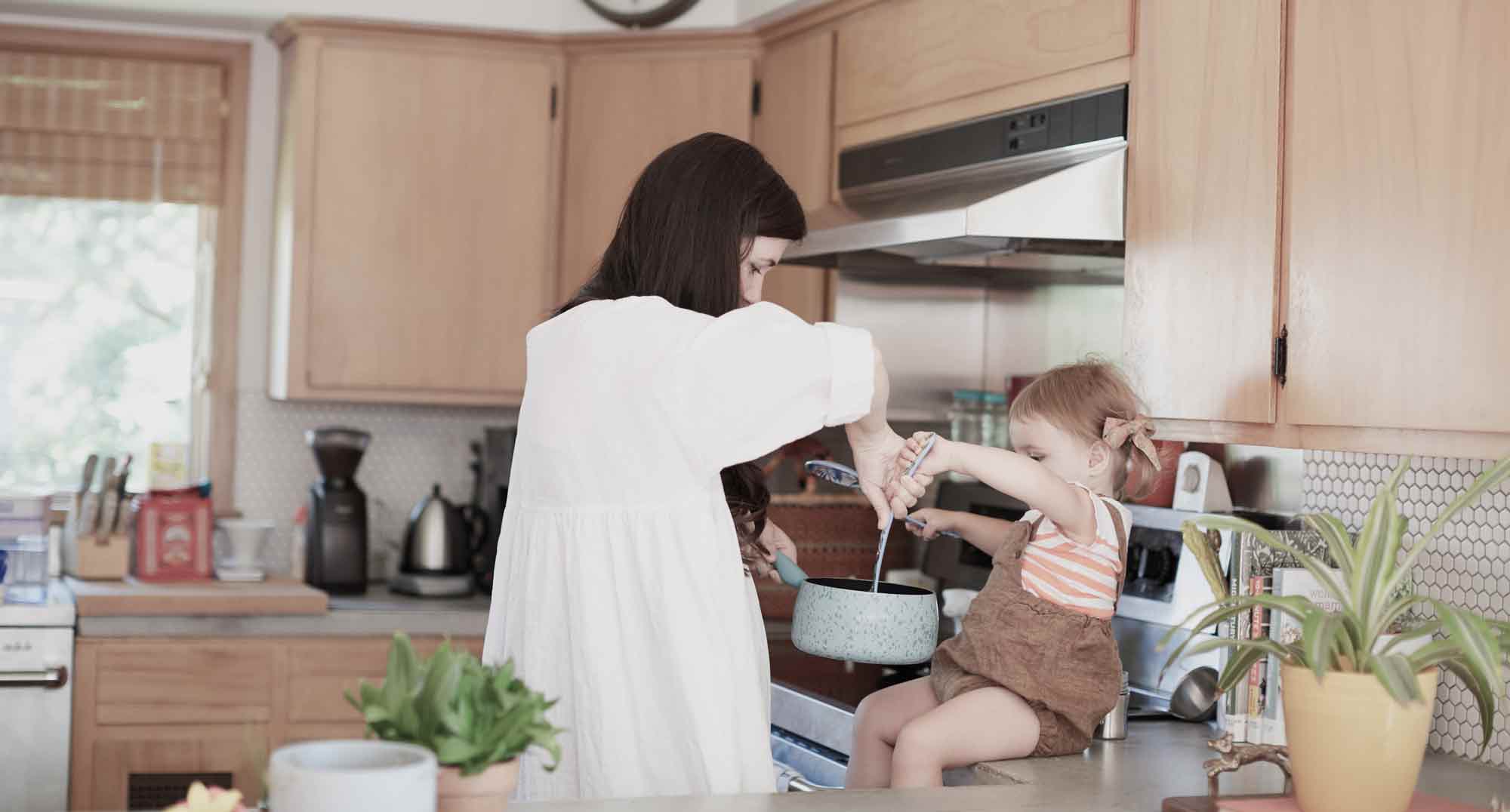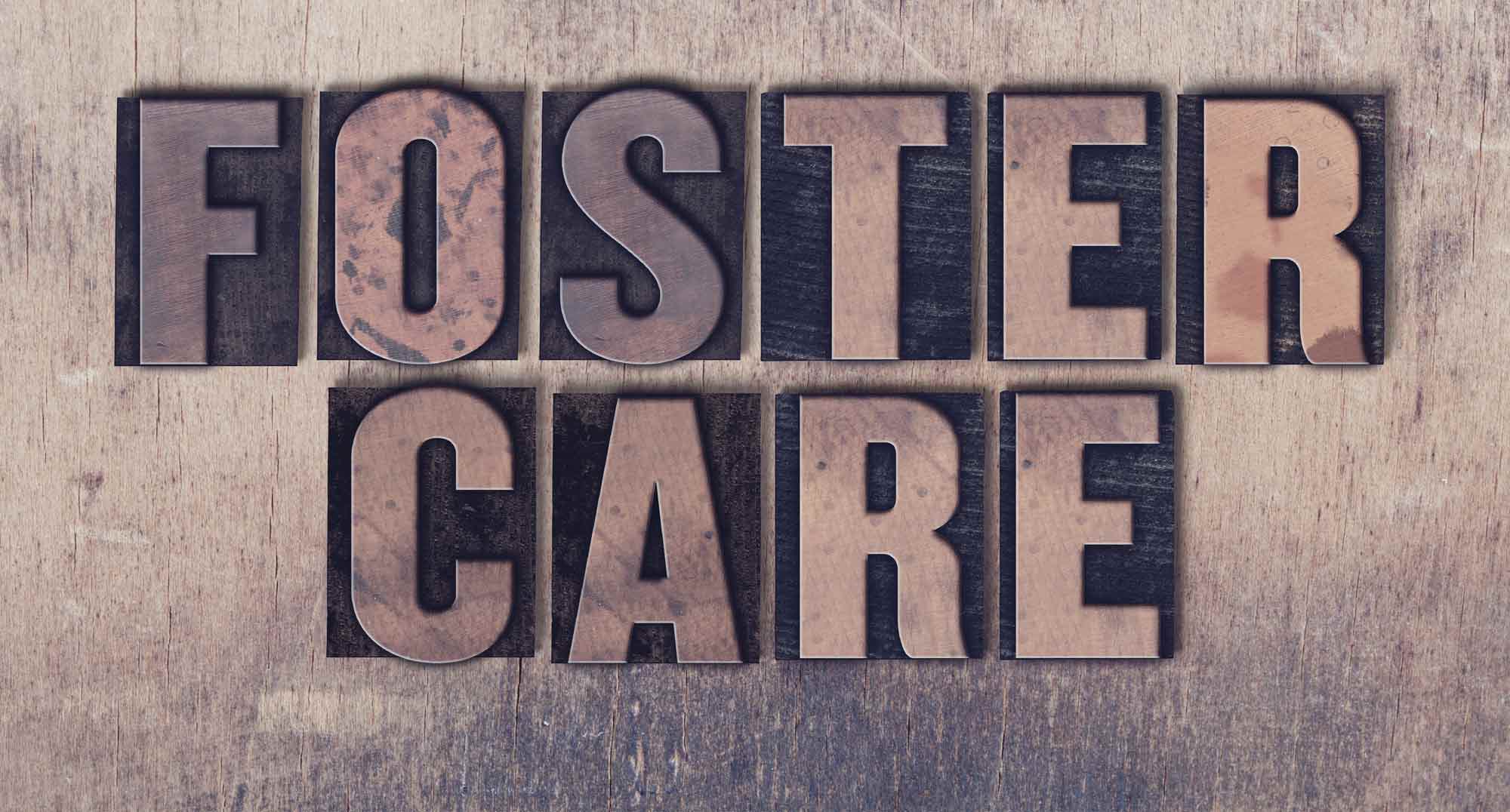Investing & Resting: Tiny Investments of Covenant Faithfulness
RACHEL CRADDOCK|CONTRIBUTOR “You sow, and you sow, and you sow, and much later you will reap.” These words of life were spoken over me by an older friend of mine when I was a young mom to four children under five. The physical demands of rocking, holding, shushing, changing, and heavens to Betsy—the mealtime clean-up! There was never enough time to get all the spaghetti sauce off the baseboards nor pick every goldfish cracker up off of the floor. My friend’s words stuck with me; during the exhausting days of new motherhood, the image of sowing seeds coupled with the hope of reaping filled me with joy while I served the Lord in my home. Her words gave me the big, long, biblical picture of discipleship. God could use the seeds I was sowing with every wet wipe, every word of “Jesus Loves Me,” every ABC Bible Verse, and every sticky hand for His glory in the hearts of my children. I was sowing and making investments in the little disciples who filled up my lap. As a pastor’s wife, I have been alongside many different people in ministry: Sunday School students, youth group students, young adults, and women of all ages and stages. Just as in parenting my own children, my tiny gospel investments have been human, exhausting, and imperfect—many times I have not gotten to see the end of the story—but thinking biblically about sowing and the One who does the reaping has given me the freedom to invest and rest as a kingdom laborer. God uses the tiny investments of ordinary laborers not because of who they are, but because He is the Lord of the harvest. Discipleship is all about investing biblically and resting in the promises of a covenant-keeping God. He is faithful to His generational promise to redeem, deliver, and adopt the people He set apart before the fullness of time. In discipleship, whether you are alongside your own children or involved in the life of another Christ-follower, the tiniest gospel investments are perfected in the big, long, biblical picture of God’s covenant promises to an imperfect people. God is the covenant-keeping God. He takes the tiniest, imperfect investments of covenant faithfulness and brings them to completion by His grace and mercy. “And let us not grow weary of doing good, for in due season we will reap, if we do not give up” (Galatians 6:9). Resting in Covenant Promises My sinful heart is prone to wander to unrest, which causes weariness in the sowing. In the flesh I want to fix things, hurry God’s plan with my human helping, complete a task on a discipleship-program-year timeline, and see the end of the story wrapped in a bow and with a cherry on top. Like Abram and Sarai, I want to nudge along the redemption process and give God a little bit of my own help. Unrest is earthly behavior but developing a posture of rest is heavenly. Resting in God’s covenant promises is a spiritual discipline. “But I say, walk by the Spirit, and you will not gratify the desires of the flesh. For the desires of the flesh are against the Spirit, and the desires of the Spirit are against the flesh, for these are opposed to each other, to keep you from doing the things you want to do” (Galatians 5:16-17). In this life as a Christ-follower, you will sow, and you will sow, and you will sow, but much later you will reap. Much, much, later...










